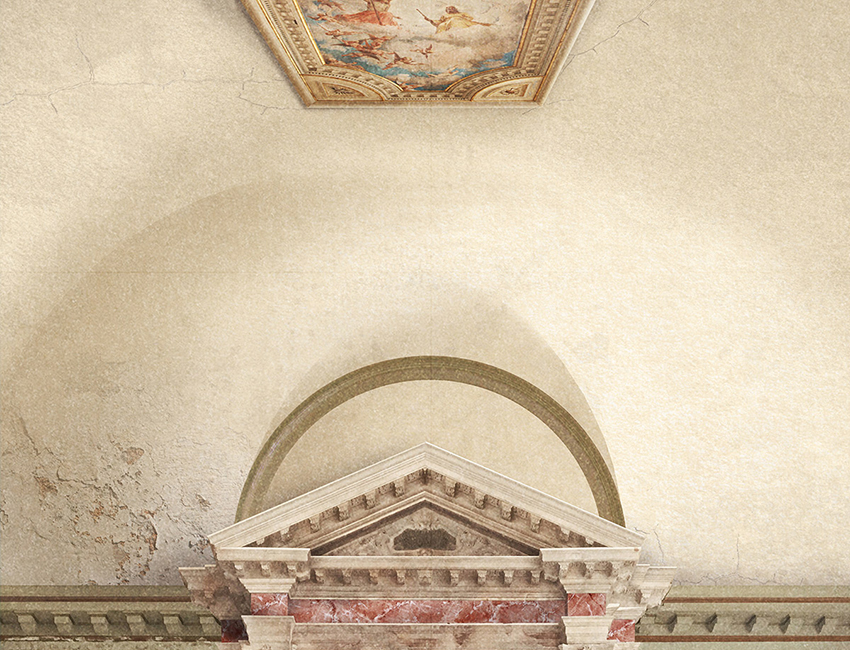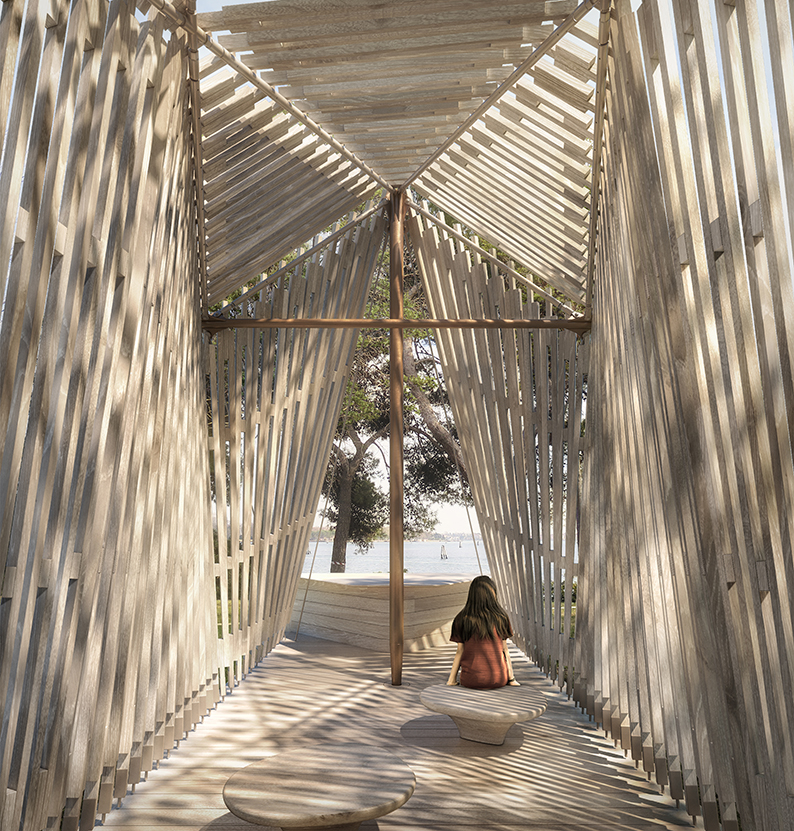Venice Architecture Biennale 2018. German pavilion explores spaces of division
The German pavilion for the the 16th Venice Biennale of architecture hosts the exhibition Unbuilding Walls. The curators — architecture office GRAFT and human rights advocate and politician Marianne Birthler — wished to explore the “spaces of division”, drawing on the history of the city of Berlin and the wall that crossed it for 28 years.
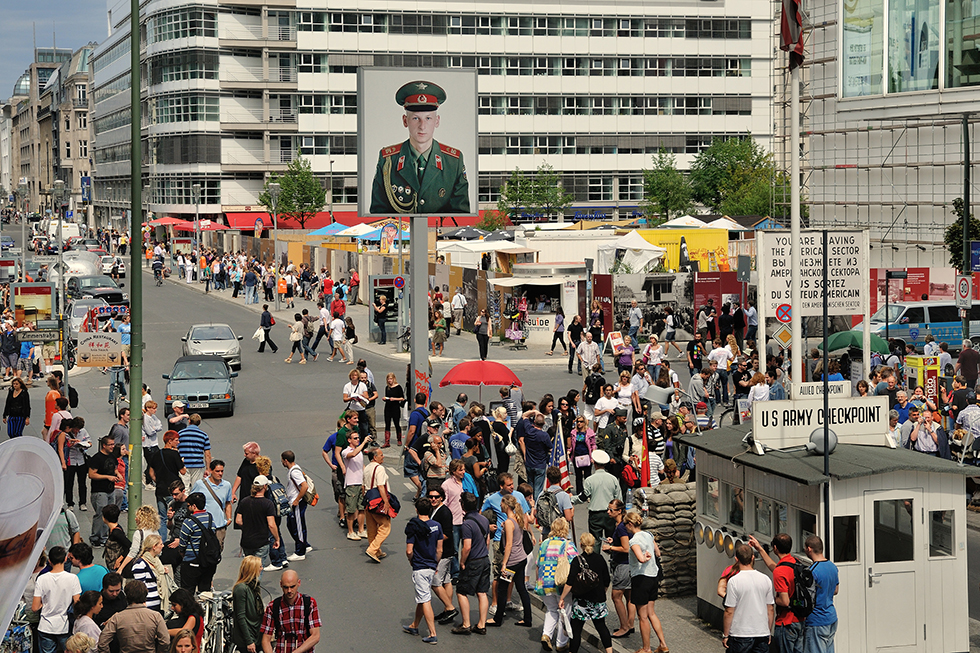
The exhibition responds to current debates on nations, protectionism and boundaries. In the German Pavilion, GRAFT and Marianne Birthler will take the parallel as an opportunity to explore the effects of division and the process of healing as a dynamic spatial phenomenon.
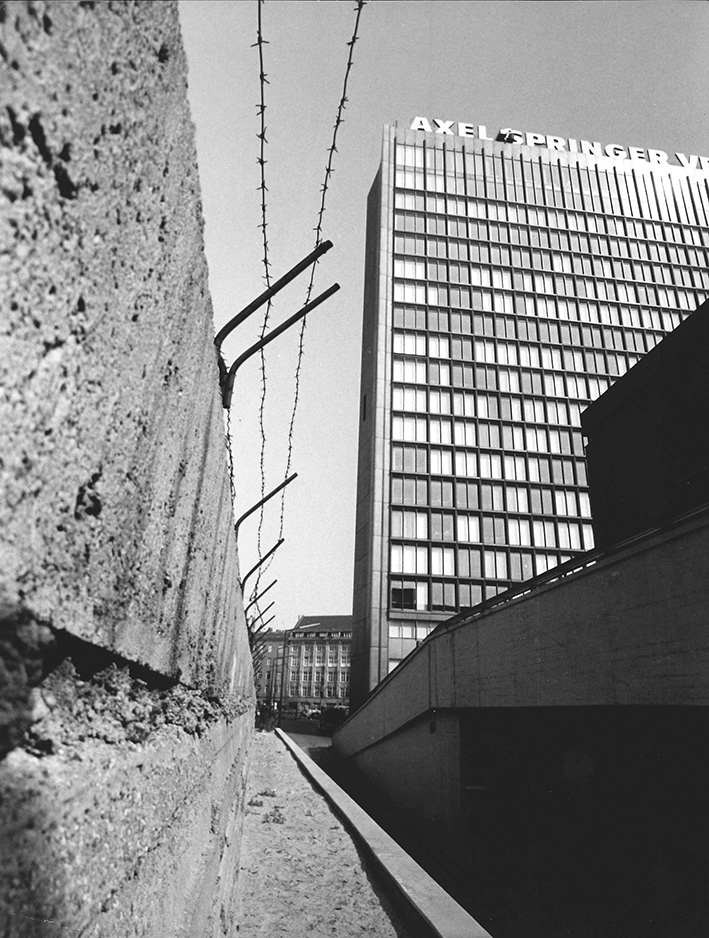
With reference to “Freespace,” the central theme of the Architecture Biennale proposed by Grafton Architects, special focus will be given to outstanding examples of urban and architectural design that address aspects of division and integration. By analysing architectural projects on the former border strip, the question of what happened on this unprecedented void in the middle of a new capital will be examined. The heterogeneity of the multitude of approaches, typologies, protagonists, and results show the breadth of architectural debates and solutions.
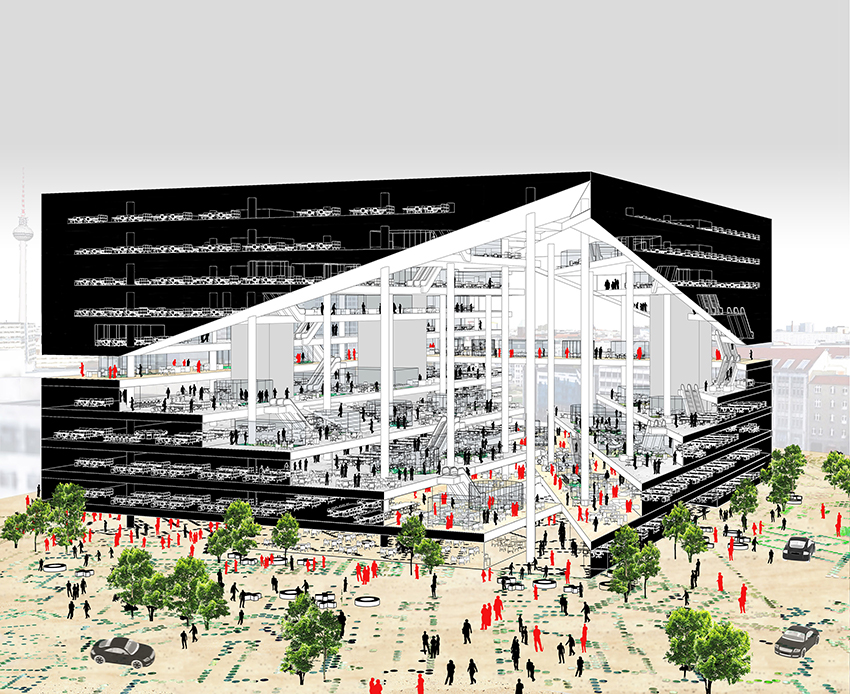
Taking the experience of the inner-German wall as a starting point, the exhibition will also examine historical as well as current barriers, fences and walls beyond Germany’s specific national perspective. A journalist team is currently travelling to border walls around the world for Unbuilding Walls. This work will be shown at the German Pavilion as well.
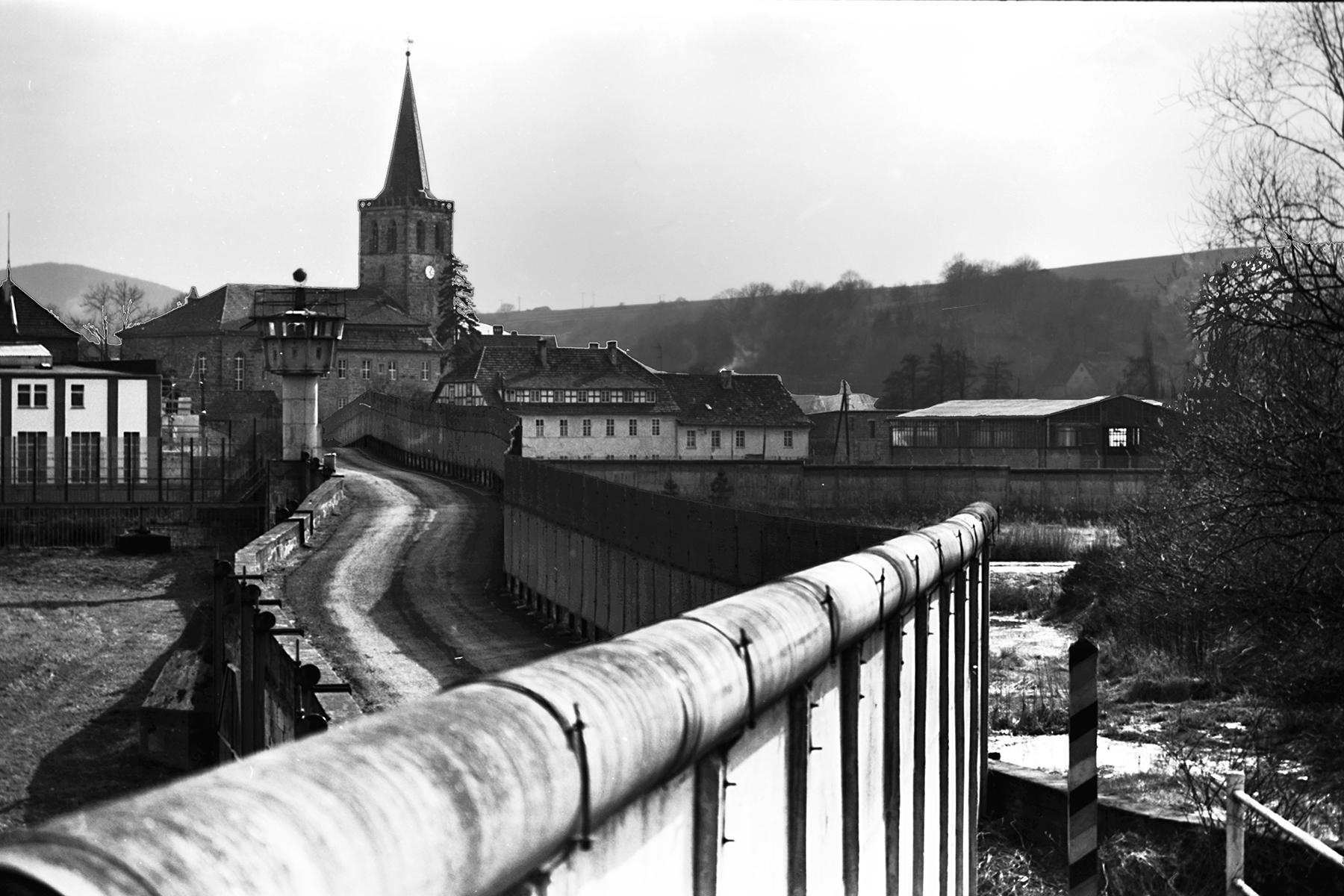
From the press release Unbuilding Walls, by the curator team.

